Pain and gain, jaw-dropping athletic spectacle and the toughest one-day event on the planet… it was most definitely the Ironman World Championships, then, only not as we know it.
But if the floral Hawaiian leis looked out of place in the desert landscapes of Utah at the 2021 Ironman Worlds (held in May 2022), the racing in St. George was certainly worthy of Kona.
Long-course queen Daniela Ryf returned with a vengeance, Olympic champ Kristian Blummenfelt proved that he’s already an all-time great, while a total of five elite Brits secured top-10 finishes.
And yet it wasn’t all plain sailing for the elites in America. A raft of Did Not Start (DNS) notices deprived us of seeing Ali Brownlee, Lucy Charles-Barclay, Javier Gomez, Gustav Iden, Jan Frodeno and more, while the evident strain in the faces and bodies of racers showed that everyone hurts when racing Ironman. So here’s what you can learn from the Utah saints for your first – or next – 226km adventure…
1. There will always be another race
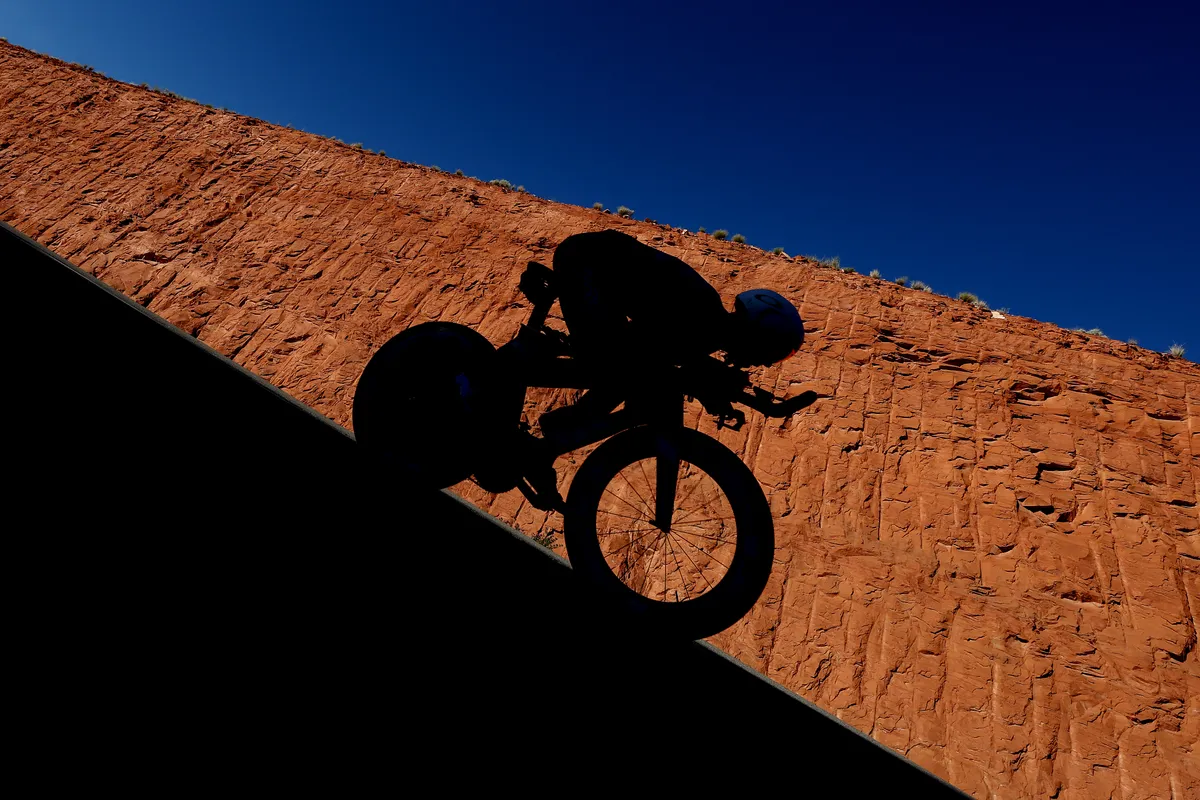
Previous champs Jan Frodeno and Patrick Lange, Brit contenders Lucy Charles-Barclay and Ali Brownlee, Ironman 70.3 king Gustav Iden and many more.
By the time the Ironman Worlds kicked off in the unfamiliar setting of St. George, Utah, the pro field had been decimated by DNS’s from a wealth of major racers.
And yet, despite the loss of earnings and exposure, the elite withdrawals showed that top Ironman athletes are astute at listening to their bodies, something of vital importance for age-groupers, even if entry fees and hotel bills may be on the line.
“Top endurance athletes know when it’s sensible or not to train or race,” say Kona qualifier and 9 Endurance Coaching’s Will Newbery.
“No single race or training session is more important than the bigger picture. Elite racers do this for a living and yet we see them pull out of races to preserve their body, despite the risk of losing prize money. Having a good coach and support team will help as they will pick up on what’s serious enough to stop training or racing.”
2. Ignore sodium at your peril
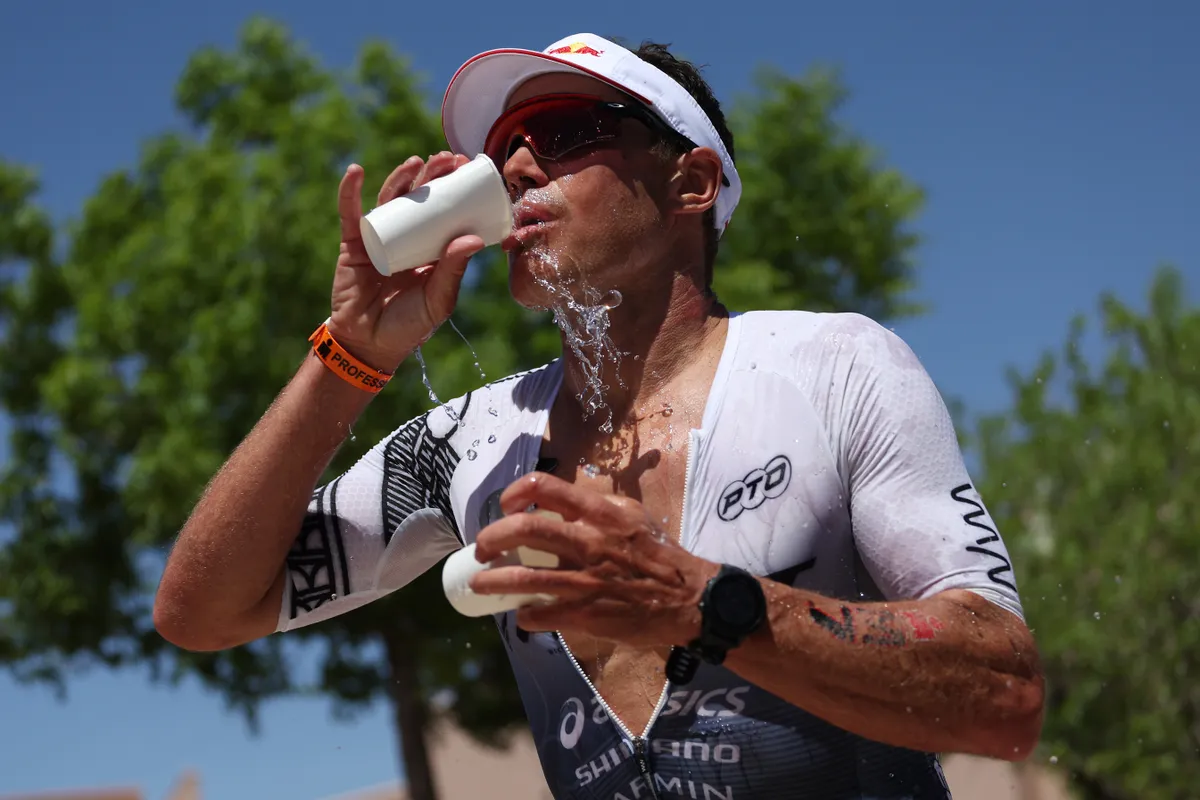
Carb and fluid intake is crucial in Ironman, with sodium consumption also playing a major role to ensure you avoid the dual dangers of dehydration and hyponatremia (when the concentration of sodium in your blood is abnormally and dangerously low).
Brit athlete Fenella Langridge, 30, continued her stellar ascent in St. George with a top-10 placing. Her smart approach to fuelling can be seen in the data from Precision Fuel & Hydration.
Langridge executed a similar plan to her IM Mallorca race in 2021 (70g of carbs and 608ml of fluid per hour in Utah compared to 71g and 664ml in Spain), but she increased her sodium intake by a third on the run to counter Utah’s rising heat (29°C versus Mallorca’s 20°C).
“Fenella knew that temps were going to soar as the day progressed,” says Andy Blow, founder of Precision Fuel & Hydration. “So she pre-loaded with [sodium-rich] PH 1500 tablets in 500ml of water the night before, and by sipping on two PH 1500 tablets in 1L of water throughout race morning. Increasing her sodium to 983mg/hr paid dividends in the latter stages as others began to fade.”
3. Own and control your emotions
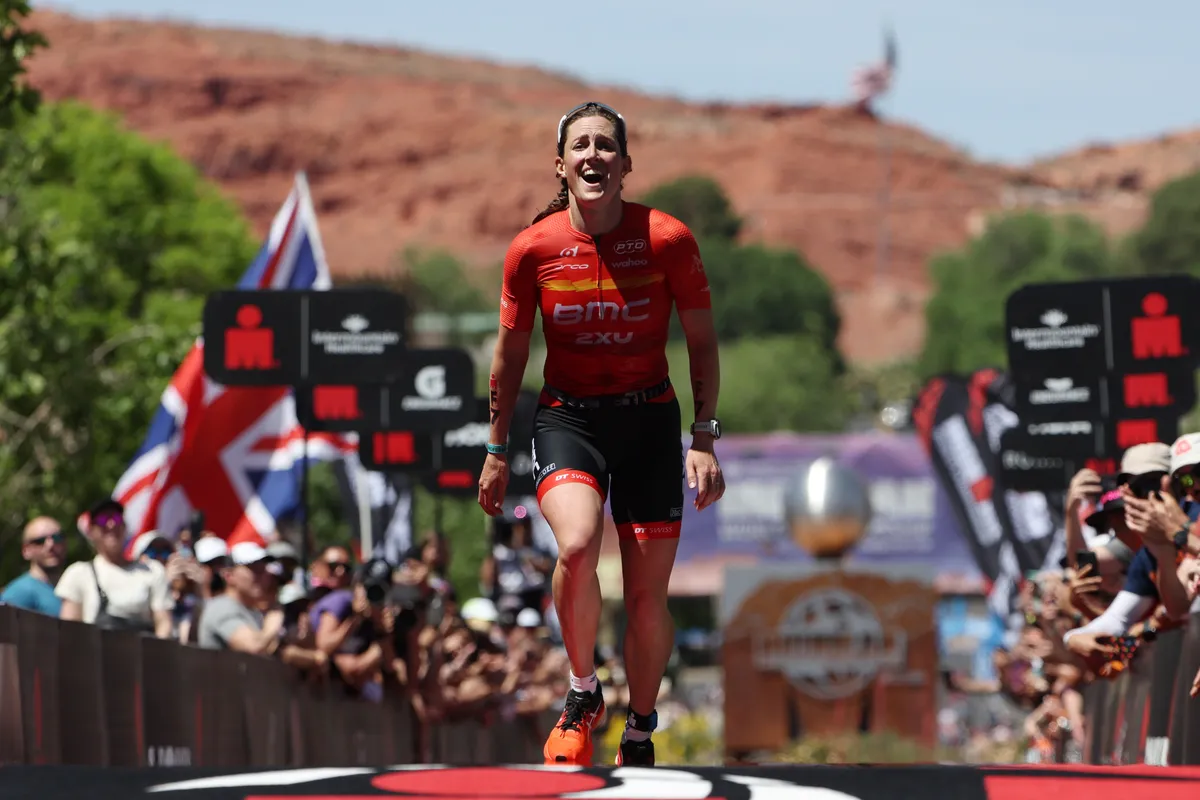
Whether it’s a first-time athlete aiming to beat 17hrs, or elite racers at the pointy end, Ironman race day can invite a wealth of pressure, nerves and expectation. How you manage this will have a major bearing of the 226km to follow.
Coping with the expectation of going into Utah as a pre-race favourite was Britain’s Kat Matthews, 31, who continued her meteoric rise (Matthews only started tri in 2015) by finishing second behind five-time winner Daniela Ryf.
“Pressure can be applied from friends, colleagues, social media or even sponsors, but stress is your own emotion, and you can decide how you balance it,” Matthews told us post-race.
"For Utah, I drew in the pressure from what felt like the entire tri world and used that as fuel to build my confidence. If informed people thought I could win, then maybe I really could!
"Ultimately, the only thing is to give every race your absolute best – there’s no one who can ever say that your best on the day isn’t good enough. Additionally, rationalise the pressure to consider the worst-case scenario. For me, that’s not trying or giving up.”
4. Metrics can help your overcome Ironman
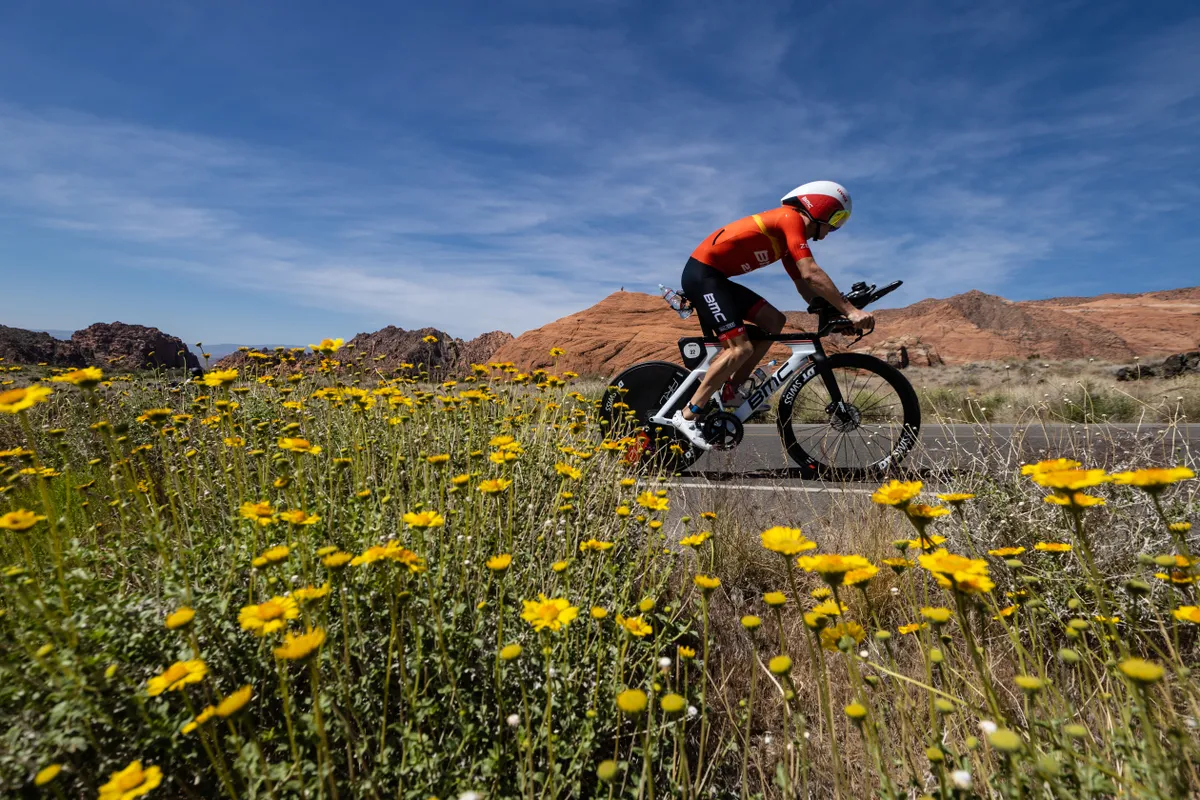
Brit athlete Kat Matthews is proof that a data-driven approach to training can reap the rewards. And fast. Here’s why monitoring watts, HRV, HRM and more can help you plot a path to your Ironman goals.
“Data is great. It can reassure you that what you’re doing is progressing you towards your goal,” states Will Newbery. “Power meters have become commonplace on bikes, and I encourage athletes to record both power and heart rate during workouts to see if there’s too big a drift between power and heart rate when working aerobically.
"Sleep patterns and recovery performance (such as Heart Rate Variability) are important to let you know that you’re well rested enough to be able to train at the correct intensity. And keeping a training diary such as TrainingPeaks will allow you to plot fitness trends and see if you’re overtraining.”
5. Focus on the whys
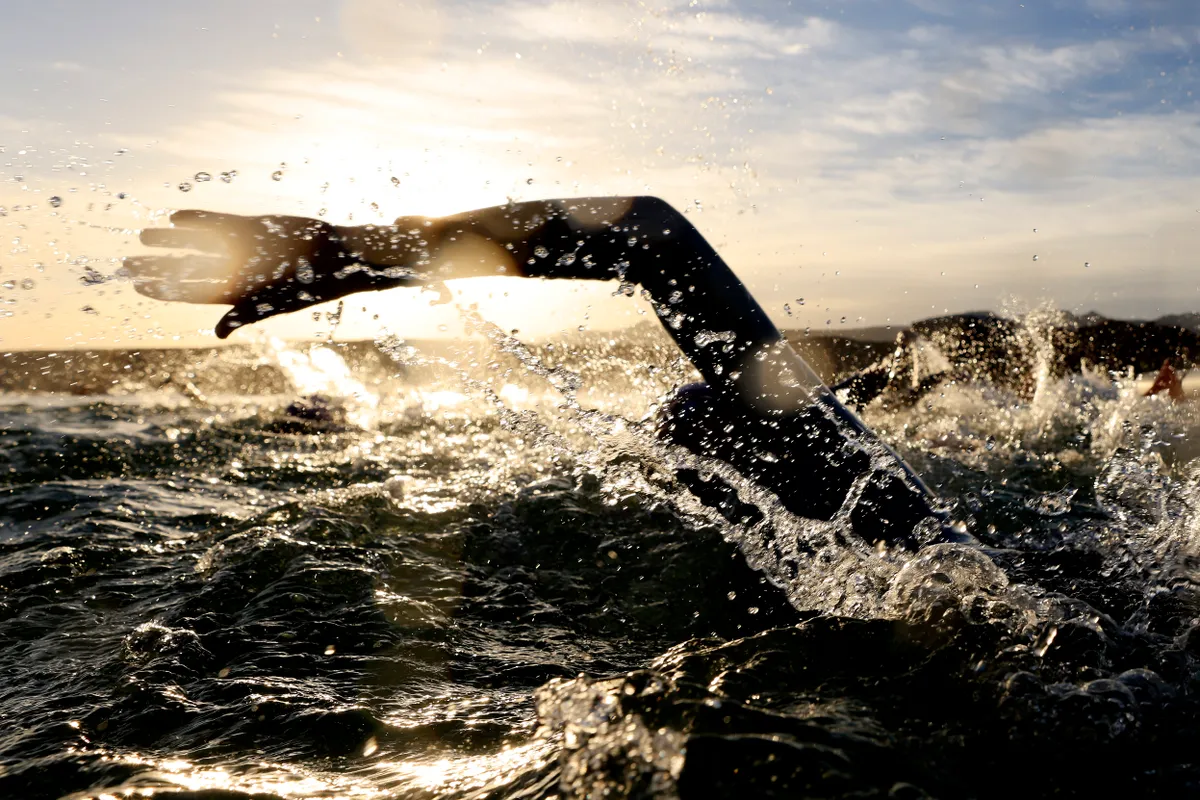
Entering T2, the reigning Olympic champion Kristian Blummenfelt had a 4:26min deficit to make up on the leaders. It rarely looked in doubt, the Norwegian displaying the mentality, hunger and ruthlessness that all top champions – see Ryf – possess to reach their lofty goals.
Blummenfelt’s reward, in only his second full Ironman race, was to become the first person to hold both Olympic and Ironman world titles at the same time. But what can we learn from his ironclad mindset?
“Kristian seems phenomenally strong in the six inches between his ears,” Newbery believes. “In the Olympics we saw him run away from the fastest runners in the sport, Alex Yee and Hayden Wilde. Kristian wanted it more and was willing to risk everything to win gold.
“Possibly the most important part of the Ironman journey is focussing on the why. Why race? Why carry on? Why not stop when it gets hard? If you have an important reason to carry on when it gets hard – the family sacrifices you’ve made or because you want to qualify for a world champs – then that makes it harder to give up.”
6. Acclimatise to the conditions

It may have lacked the humidity of Kona, but the heat was still cranked up in Utah, the mercury rising to 29°C on the marathon run. That didn’t stop athletes from Norway and Switzerland from taking the overall titles, however…
“There are a lot of things that will be out of your control and can go wrong,” says Core Ski & Triathlon Academy founder coach Nick Busca. “And they will go wrong. More time to prepare will lead to less stress and more leeway to overcome hurdles. Look at the likely weather conditions of your event and try to match that in training – heat acclimatisation is a must on courses such as St. George.
“If you can’t go to an overseas camp and train in hot places, aim to arrive at the race early and train in the heat. Also look at wearing more layers on the run and using a turbo without the fan in your training blocks at home.”
7. Prepare for the unexpected

Brits Kat Matthews, Ruth Astle, Laura Siddall, Fenella Langridge and David McNamee scooped five of the top 10 places in St. George. Yet it was far from a serene journey for the elite UK racers in Utah.
Langridge had a wetsuit zip malfunction in T1 and was also given a penalty for drafting, while Matthews broke the visor of her TT helmet and suffered at the start of the run.
How they overcame – or accepted – those setbacks is the mark of champions. “I actually think I didn’t ‘overcome’ the bad feeling on the run, but just accepted it and coped with it as best I could,” admitted Matthews.
“I was running a decent speed and accepted this was going to be the best-case scenario on that day so I stuck with that pace. I thought about each leg lift, each footstep, each knee drive…. I removed the goals I’d set myself and adjusted them in the moment (a marathon finish of 2:50 to 3hrs), giving myself a new goal that I was able to achieve.
"This way, mentally, I was in a positive mindset for the whole run (in theory!) and not a negative ‘I’ve failed’ mindset. I always break down a challenge into sections and just focus on the current part.
"So for Utah, it had clearly defined sections of the course and I could say to myself: ‘Just make it to the bottom of the cycle track, just finish this street or one more hill’. Stay committed to your decisions.”
8. Adapt your kit for Ironman

Time-trial helmets, aero road lids, cutting-edge tri bikes and even road bikes sans clip-on aerobars… there was a full array of tri tech on display in Utah.
The topography (Utah had a high 2,247m of elevation gain on the 180km bike), temperatures (29°C), winds and more will all have played a role in athletes choosing their kit.
“I’d suggest people wear breathable tri-suits on courses like St. George, because the run can become a sauna otherwise,” says Busca, who also raced as an age-grouper in Utah.
“Overheating can be a killer both on the bike and the run. I was boiling in a full aero helmet in Utah, so think about the helmet’s ventilation channels or look at an aero helmet with vents that you can open and close. You can also change into comfy kit for the run leg in T2 like Lionel Sanders did.”
9. Focus on efficiency, not aesthetics
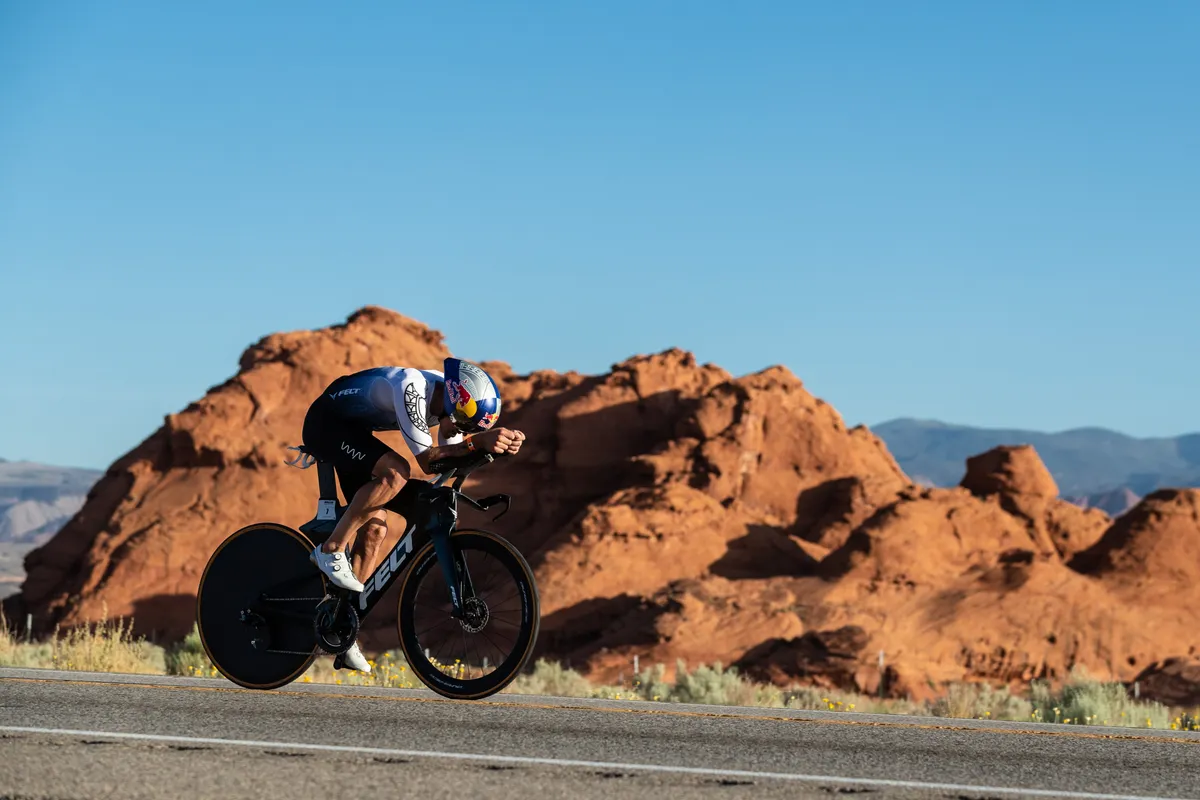
From the loping gaits of six-time Ironman Worlds winner Mark Allen and three-time winner Jan Frodeno, to the efficiency of two-time victor Mirinda Carfrae, Ironman World Championship history is full of elegant striders.
And yet for every double-champ Patrick Lange, there’s a six-time champ Dave Scott who described his own running technique as ‘duck-like’. Even the men’s top two at the 2021 Worlds – Kristian Blummenfelt and Lionel Sanders – proved that endurance outweighs aesthetics in Ironman.
“An Ironman run is almost purely about endurance and strength, both physically and mentally,” says Will Newbery. “It’d be great if we could all look like Lange or Carfrae. But it’s how we get from A to B as quickly and efficiently as possible that counts.
“Focus on landing underneath the body on the middle part of the foot, looking forward at the horizon and trying to keep your hips high. Your upper body should be relaxed and leaning slightly forward as that’ll help where your foot lands.”
10. Leave no room for excuses

You’ve done the base, build and peak phases of training and feel Iron ready? Then don’t leave things to chance with the taper phase and experience dodgy pre-race dinners, kit mishaps, course shocks and hydration questions.
Review your race week as you would your training, says Kat Matthews. “Plan your race as well as you plan your training and leave no room for excuses.
"We spend incredible amounts of hours in training trying to improve and often athletes can let themselves down by not planning their nutrition, the course route, the kit choices, their hydration, the week leading up to the event, their health going into the race….
"I spend time reviewing all the details of the race, planning everything and understanding that no plan will work perfectly. If you can reduce the errors in racing, then you achieve more in each race and improve quicker than otherwise.”
Top image credit: Sean M. Haffe/Getty Images
